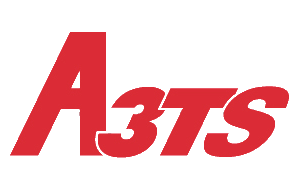HEAT-TREATED AND/OR SURFACE-TREATED PROPERTIES OF ALUMINUM ALLOYS
Thursday, June 8, 2023 - Université de Mons
The June 8 event at the University of Mons brought together 25 people to discuss "PROPERTIES OBTAINED BY THERMAL AND/OR SURFACE TREATMENT OF ALUMINIUM ALLOYS".
Véronique VITRY presented a general overview of aluminum extraction and the different grades of aluminum, outlining the advantages and disadvantages of each.
Fabrice ANTOINE explained the new processes used at Atotech to obtain different grades of aluminum, and presented the Interlow377 coating, which replaces the CrIII coating.
This was followed by an academic presentation by Jean-Marc LIEKENS on the heat treatment of aluminum alloys, their solution setting, and their structural hardening by maturation and tempering. Emphasis was placed on the influence of dislocations in materials and on mechanical properties. This has enabled us to understand their influence on the structural hardening of aluminum, such as maturation.
Eli PUCHI-CABRERA's presentation concerned the hot-rolling of aluminum alloys, where numerical modeling improves product quality while taking precise account of the material's constitutive behavior and the evolution of the microstructure during inter-pass times. Neural networks are a new approach for determining the hot mechanical strength of aluminum alloys.
Liyan YANG outlined Hydro's expertise as a global supplier of aluminum and renewable energy raw materials, products and solutions, and as the world's No. 1 extruded solutions provider, with a particular focus on anodizing at the Lucé plant.
Additive manufacturing is also making inroads into aluminum alloys, with Nicolas NUTAL's presentation focusing on the development of new high-strength alloys for additive manufacturing. These alloys feature isotropic behavior and can be used to build/repair parts, while exhibiting behavior similar to that of titanium alloys.
The day ended with a presentation by Marjorie OLIVIER on improving the corrosion and mechanical properties of the plasma electrolytic oxidation (PEO) layer applied to AA2024 by sealing with different sol-gel coatings, demonstrating that the PSG-ZTP precursor has the best sealing capacity thanks to its high hydrophobicity.
The board would like to thank our speakers for their excellent presentations, which prompted many questions and exchanges, as well as the welcome and organization provided by the University of Mons.


